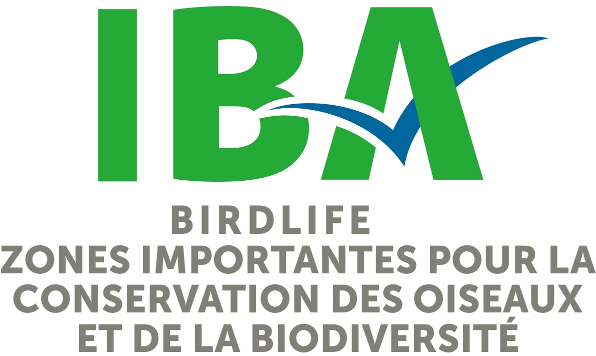South Shore Great Slave Lake (Slave River Delta to Taltson Bay) (NT087)
Fort Resolution, Territoires-du-Nord-Ouest
Description du site
This IBA is on the south shore of Great Slave Lake in the Northwest Territories. This site includes the delta where Slave River meets Great Slave Lake, and the shoreline of the lake east of the delta as far as Taltson Bay. The land is flat, and braided river channels and alluvial deposits are typical features of the Slave River delta. Several shallow bays are situated between the Slave and Taltson rivers. Emergent marsh vegetation, such as horsetails and sedges are common throughout the delta. Willows grow in areas with less frequent flooding, while mixed balsam poplar and spruce woods occur at higher elevations. Moose, Muskrat and Beaver are common at this site.
Oiseaux
The Slave River delta and the wetlands found eastward along the Great Slave Lake shoreline to the Taltson River are extremely important for migrating waterfowl. This is especially true in spring when tens of thousands of waterfowl stage in the area. Fall migration also brings large numbers of birds. In the fall of 1983, an impressive 73,200 waterfowl were recorded in the area, mostly east of the delta, and in fall 1979, there were 17,080 waterfowl. These numbers are composed of large numbers of Tundra Swans (both eastern and western populations), several species of geese, and numerous ducks species
Over two years, an average of 4,800 Tundra Swans were observed in spring, and in fall 1979 7,700 swans were seen. The latter number represents over 3 % of the North American population. Geese are also well-represented here. In spring 1983, 23,520 Lesser Snow Geese and 34,560 dark geese (mostly Canada Geese) were recorded. Because Snow Geese numbers have been rapidly increasing, and it is unclear which population these Snow Geese come from (western central flyway or western Canadian arctic), it is difficult to determine the proportion of the Snow Goose population present. If all the dark geese were Short Grass Prairie Canada Geese, then numbers seen in 1983 represent 7% of this population. Thousands of ducks (2 year average 8,115) and many shorebirds and landbirds also use the area in spring and fall. No data concerning species composition or precise numbers have been collected for the latter two groups.
The delta also hosts many breeding ducks. In 1978 a poor year for ducks, 5,200 pairs were thought to be breeding here. The most common species breeding here are Lesser Scaup, Mallard, American Widgeon, Bufflehead and Blue-winged Teal.
Enjeux de conservation
The Slave River delta and the shoreline to the east along Great Slave Lake are primarily natural areas with little human activity. Nonetheless, distant hydro development could have or may already be having an effect on this IBA through the regulation of water levels. The dams on the Peace River, the name for the Slave River starting 250 km upstream, are known to have reduced water level fluctuations on Great Slave Lake. What is not known is to what degree, if any, the birds and their habitats will be affected. In addition, hydro development that is being considered for the Slave River (closer than the Peace river dams), is more likely to cause negative habitat changes to the Slave River delta. Pulp mills have also been proposed for the Peace and Athabasca rivers. Effluent from these could affect the water quality in the Slave River delta.
Catégories ZICO Habitats Usages Menaces Potencielles ou Existantes Status de Protection

